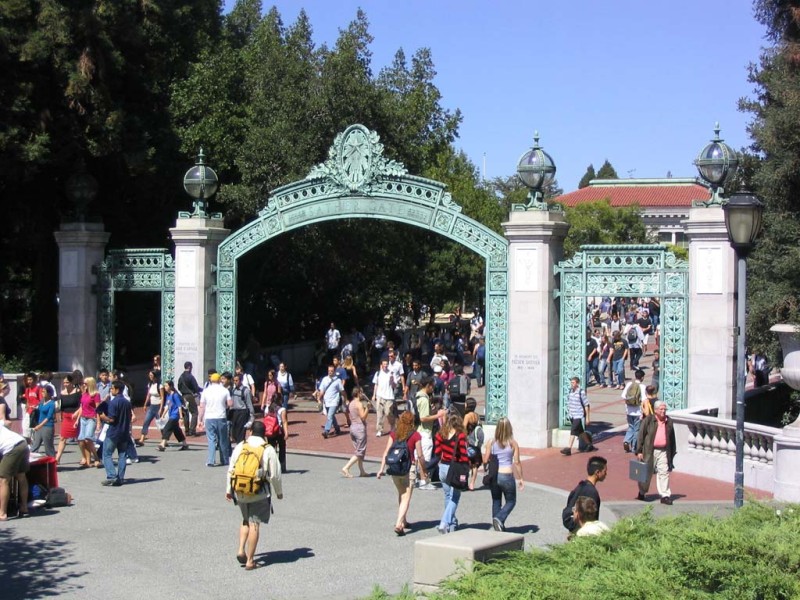A recent college graduate working full time will now make, on average, about $17,500 more per year than someone with only a high school diploma, a difference of roughly $700,000 over a 40-year career.
That's according to a 2014 Pew Research Center analysis. For young people today, it found, the pay gap between those with and without a college degree is much larger than it's ever been before.
RELATED: Is College Worth the Cost? [a cartoon explainer]
In other words, the cost of NOT going to college has skyrocketed in recent decades. As the once plentiful supply of American manufacturing jobs continues to shrink, a college degree has become increasingly necessary for scoring any kind of reasonably well-paid job.
But here's the rub: tuition rates at most public and private universities have also spiked in recent years, thwarting potential students from pursuing degrees, and leaving a rapidly growing number of recent graduates shouldering huge amounts of debt as they prepare to enter the workforce.
Today, total U.S. student loan debt tops $1.3 trillion, far outpacing total U.S. credit card debt, and more than four times what it was a decade ago. Roughly seven in 10 seniors (69 percent) graduating from public and nonprofit private colleges in 2014 had student loan debt, with an average of $28,950 per borrower, according to the nonpartisan Institute for College Access and Success.
This conundrum is particularly evident in California, which has some of the highest living costs in the nation and an economy in which high-skilled, educated workers are increasingly in demand.
As recently as three decades ago, California’s public university system -- both University of California and California State University campuses -- was a national model of extremely low-cost, high-quality education. In 1980, yearly tuition for California residents at UCs was about $2,680 (in 2016 dollars), and roughly $500 at CSUs.
That all changed amid California's severe recession and budget crisis in the early 1990s, when the state began to drastically tighten its higher education budget.
Tuition and fees more than doubled from the late 1980s to the early 1990s. Although costs then stabilized through the early 2000s, they then resumed their "dramatic and relentless upward climb," according to the California Budget and Policy Center.
Today, UC tuition is about $12,300 annually, an increase of more than 350 percent since 1980, with graduating seniors who took out loans carrying an average debt of about $20,000 (about $16,000 for CSU graduates). That's still less than the national average, but much higher than it's ever been for graduates of California's public universities.
What's really changed is who pays for public higher education in California, explains Hans Johnson, a senior fellow at the Public Policy Institute of California. While the bill used to be primarily footed by the state (through taxpayers), now students and families are paying over half the cost.
Interestingly, the burden of rising costs has fallen hardest on higher-income students. For lower-income students, the impact of higher tuition has actually been softened by “relatively generous” aid programs such as the federal Pell Grants, Cal Grants and the Blue and Gold Opportunity Plan (for UC students with family incomes under $80,000).
“What often gets lost is that a substantial share of students qualify for financial aid,” Johnson says, noting that California -- compared with public universities elsewhere -- still does a good job in enrolling eligible low-income students. “Essentially what we’ve gone from is low-cost low-tuition, low-fee program, to one that is medium to high cost but also high aid.”
Nevertheless, he adds, this leaves a large group of middle-income students who may not qualify for aid programs but still don't have sufficient resources to pay for college, and end up graduating with a large amount of debt.
Additionally, tuition and fees are only a part of the total funding picture. As the map at right shows, the rapidly rising cost of room and board on many campuses is also a major factor in college affordability. This means that even many students with generous aid packages are still incurring large amounts of debt to pay food and housing costs.
